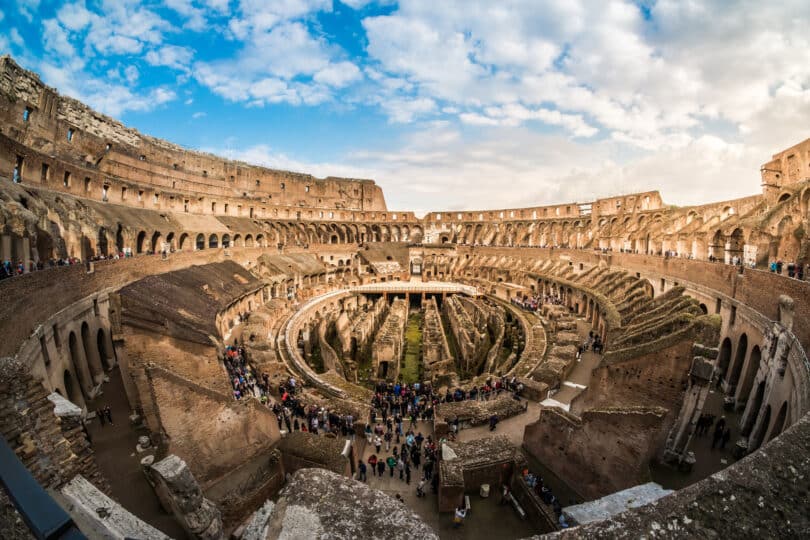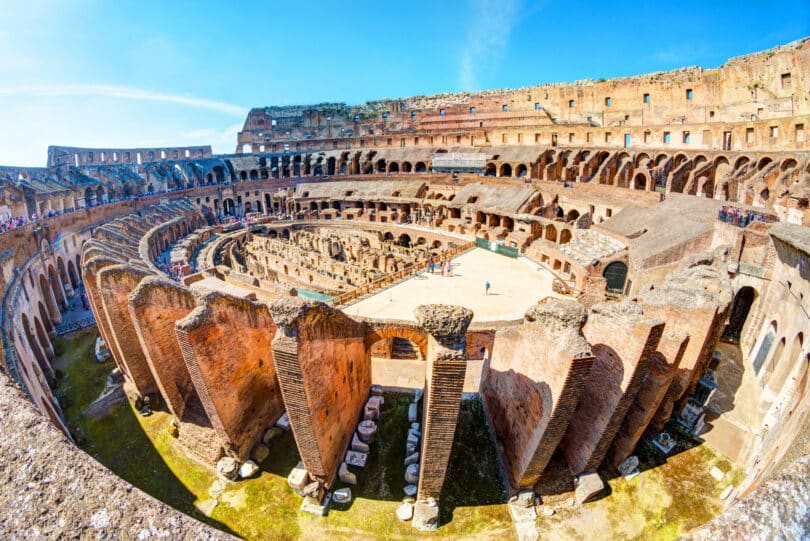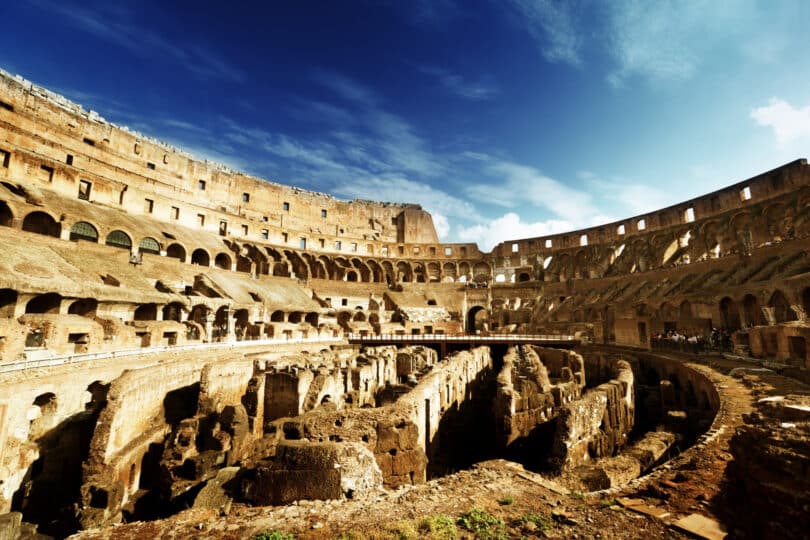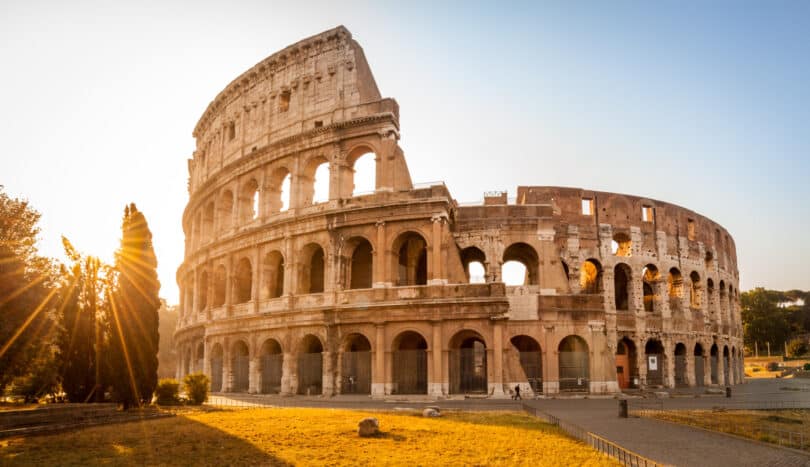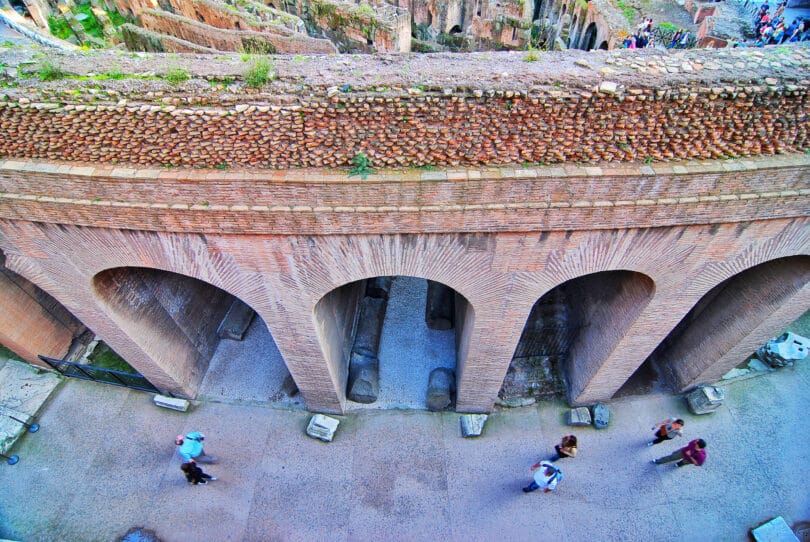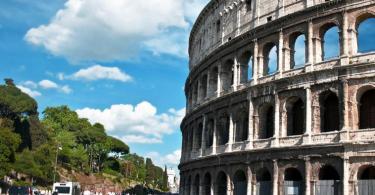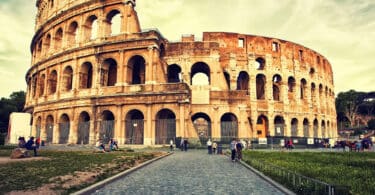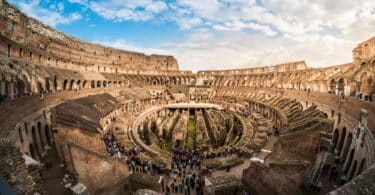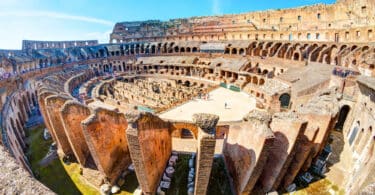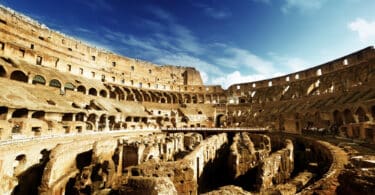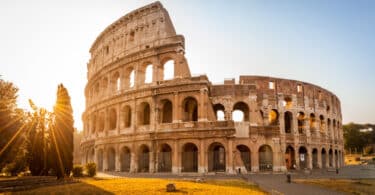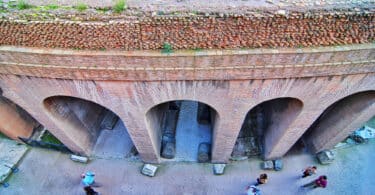802 Reviews
from €25.00 EUR
Organized by: Tiqets
Experience the glory of ancient Rome by visiting three of its most iconic sites: the Colosseum, the Roman Forum, and Palatine Hill. With priority entrance, you’ll skip the long lines and dive straight into the heart of Rome’s incredible history. This comprehensive guide provides a detailed exploration of these ancient landmarks, along with a captivating Ancient Rome video that brings the past to life.
Rome, the Eternal City, is renowned for its rich history and remarkable architecture. As you stroll through its ancient streets, you’ll discover countless stories of triumph, conquest, and civilization. Among the city’s most iconic sites are the Colosseum, the Roman Forum, and Palatine Hill. By visiting these three landmarks, you’ll gain an unparalleled understanding of Rome’s incredible past and the people who shaped it. With priority entrance tickets, you’ll enjoy faster access to the Colosseum, Roman Forum, and Palatine Hill. By skipping the long lines, you’ll have more time to immerse yourself in Rome’s captivating history and explore the city’s most iconic landmarks at your own pace. Colosseum Priority Entrance To make the most of your visit, consider the following practical information and tips: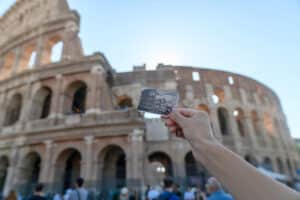
Practical Information and Tips
- Combined plan with fast-track entrance at your selected time to the Roman Colosseum,
- Access to the Roman Forum and Palatine Hill,
- Using these tickets Access to the Roman Forum and Palatine Hill is included, either on the same day booked or on the following day,
- Digital Guide of Roman Colosseum
- Guided tours.
- Access to the Colosseum’s 4th and 5th floors..
- Access to the Underground.
- Access to the Arena.
Free cancellation up to 1 day before your visit.
Colosseum is undoubtedly the best known of the monuments of ancient Rome. Its real name is the Flavian Amphitheatre; in fact, the name “Colosseum” was given to it later, for what precise reason is not known. It is generally assumed that this second appellation may perhaps be derived from a colossal statue of Nero which stood near it, to be exact, at the foot of the Palatine. Moreover, the architect of this amazing building, unmatched in Roman art, is unknown.
It must, however, be admitted that, in the case of almost all the ancient works of art, we know litle more than what meets our eye today.
The Colosseum stands where the Palatine, Caelian and Oppian hills meet, on the spot where there was formerly a swampy lake, later drained.
The building dates from the imperial period, the exact date being 70 A.D., but it was not inaugurated until 80 A.D. However, its history does not end here, for it had to undergo many restorations and modifi-cations, for its completion and embellishment.
The amphitheatre (that is to say, the doubling of the Greek theatre, which was semicircular in shape and was used for the performance of tragedies), is elliptical in shape, that is to say, virtually an elongated circle. It differs from the Greek theatre, of which it is the logical development, in having a double circumference, as the semicircle is repeated, and in addition, it is free-standing (while the Greek theatre rested on the hill-side as its natural support). In fact, one encoun-ters in this building, as in others of considerable importance, the absolute predominance of the curved line, which the Romans got from the Etruscans, but which they succeeded in exploiting, in order to achieve a new, grander and more solemn sense of space.
Although the Colosseum is today partly in ruins, its four orders of columns can still be clearly seen (in the four storeys): the first three consist of arcades separated by columns in the Doric, Ionic and Corinthian style respectively; the fourth is a solid wall pierced by windows.
The top storey, higher than the others, more solid but less open, admirably crowns the whole building, as it were gathering together the spatial expansion of all its curves. In the interior, the tiers could hold some 50.000 people.
The greatest gladiatorial shows of antiquity were held in the amphiteatre. They were the favourite entertainment of the Romans, who had slaves specially trained to fight on another. But the technique and imagination of the Romans did not stop here.
In fact, the Colosseum was also used for staging naval battles in miniature. For this purpose, the arena was filled with water by carefully devised methods, and fierce battles were tought to the bitter end on this artificial lake.
The history of the Colosseum is, however, bound up with still more atracious events, for here the first Christians were martyred, and the time when the Christian religion was still prohibited by the laws of the state. Accordingly, all those sentenced to death for belonging to this religion were killed in this arena, providing the Roman public with a new sensation and new emotions.
The present ruined state of the Colosseum is due not only to natural causes, but also to the plundering by noble families and art lovers, who carried off large amounts of valuable material to adorn their villas and palaces.
In conclusion, it may be said that this amazing amphitheatre is one of the most elaborate and majestic monuments of Roman art; it is above all the measure of the genius of the might of this civilisation.
from €36.00 EUR
Seller: Tiqets
50 Reviews
from €38.00 EUR
Seller: Tiqets
3.802 Reviews
from €29.90 EUR
Organized by: Tours And Tours
8.090 Reviews
from €31.92 EUR
Duration: 3 Hours
Organized by: Show Me Italy
9.526 Reviews
from €35.00 EUR
Validity: 2 Days
Organized by: Tiqets
1.029 Reviews
from €48.60 EUR
Duration: 3 Hours
Organized by: Gray Line I Love Rome
from €63.00 EUR
Duration: 1.5 Hours
Organized by: Gray Line I Love Rome
141 Reviews
from €45.00 EUR
Duration: 15 – 45 minutes
Organized by: Smiler
404 Reviews
from €69.00 EUR
Duration: 2 hours
Organized by: City Wonders Ltd.
628 Reviews
from €64.40 EUR
Duration: 2 hours
Seller: Crown Tours
588 Reviews




